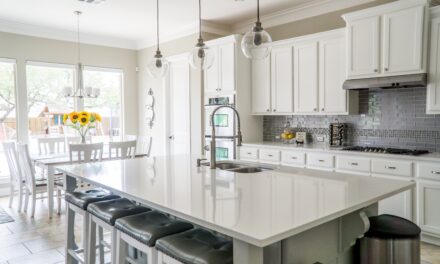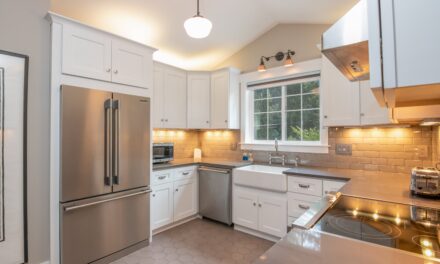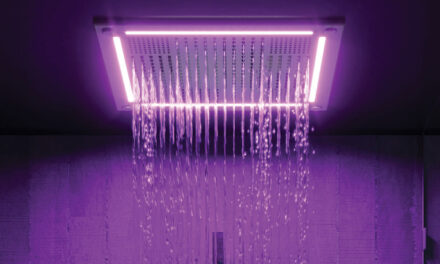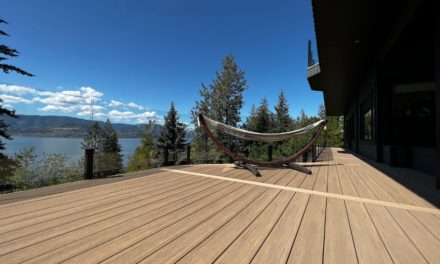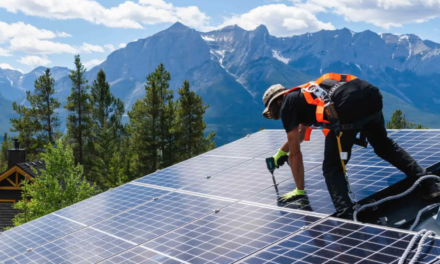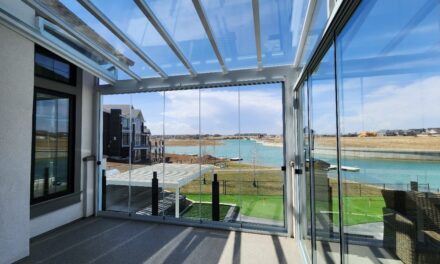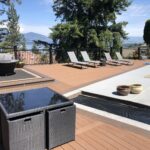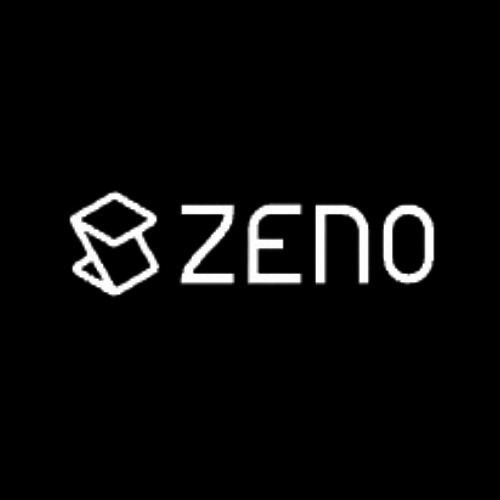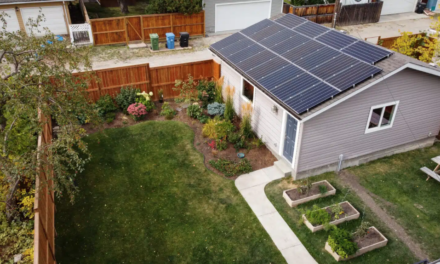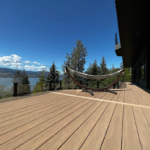
Steps to DIY Solar Power
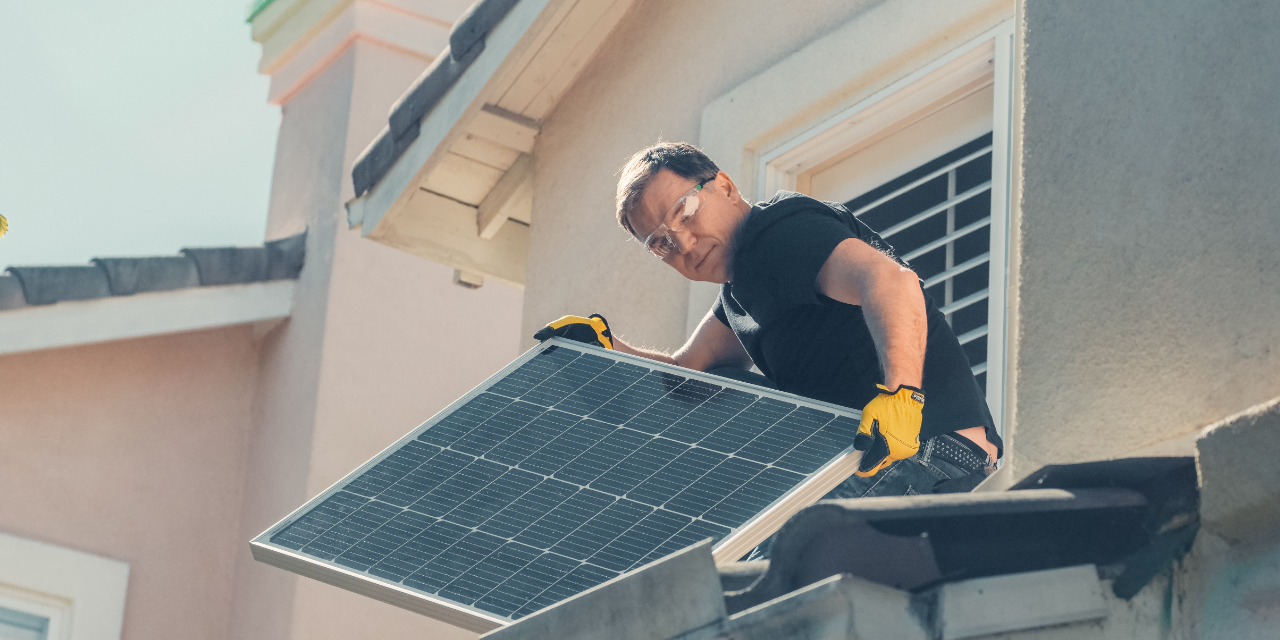
Building a DIY solar power system can be a rewarding project that allows you to harness the sun’s energy for your energy needs. While installing a solar power system can be complex, especially if you plan to connect it to the grid, I’ll provide a simplified guide for a basic off-grid solar power system. Keep in mind that this is a general overview, and the specifics of your project may vary based on your location, energy needs, and available equipment.
Tools and Materials You’ll Need:
- Solar panels
- Charge controller
- Battery bank
- Inverter
- Mounting hardware (racks, brackets)
- Wiring and connectors
- Circuit breakers and fuses
- Multimeter
- Power tools (drill, screwdriver, etc.)
- Safety equipment (gloves, safety glasses, etc.)
- Solar panel racking system (if applicable)
- Battery enclosure (if needed)
It takes a bold group of people to create a world where living sustainably is easy for everyone.
Are you ready to join the movement?

Steps to DIY Solar Power:
Determine Your Energy Needs:
Calculate your daily energy consumption in watt-hours (Wh). This will help you determine the number of solar panels and batteries you need.
Choose Solar Panels:
Select high-quality solar panels that match your energy needs. Consider factors like efficiency, size, and durability. Mono-crystalline panels are typically more efficient but may be more expensive.
Select Charge Controller:
Choose a charge controller that can handle the voltage and current of your solar panels. It regulates the charging of your batteries to prevent overcharging.
Battery Bank:
Decide on the type and size of batteries you need. Deep-cycle batteries, such as lead-acid or lithium-ion, are suitable for solar systems. Calculate the battery capacity (in ampere-hours, Ah) required to meet your energy storage needs.
Inverter Selection:
Select an inverter that converts DC power from your batteries into AC power for your appliances. The inverter should have sufficient capacity to handle your peak load.
Mounting Solar Panels:
Install mounting hardware, such as racks or brackets, to secure your solar panels in an optimal location with maximum sun exposure. Make sure they are angled correctly for your latitude.

Wiring and Connections: Connect the solar panels in series or parallel to achieve the desired voltage and current. Connect the panels to the charge controller and then to the battery bank. Ensure all connections are secure.
Install the Charge Controller: Mount the charge controller near the battery bank and connect it to the batteries, solar panels, and inverter.
Connect the Inverter: Connect the inverter to the battery bank. Install a circuit breaker or fuse between the inverter and batteries for safety.
Battery Enclosure (if needed): If you’re using lead-acid batteries, consider placing them in a well-ventilated, secure enclosure to protect them and mitigate off-gassing.
Test the System: Carefully test the system to ensure that it generates electricity, charges the batteries, and provides power through the inverter. Use a multimeter to monitor voltage and current.
Regular Maintenance: Periodically inspect and clean your solar panels. Check the battery bank for proper maintenance, and keep an eye on the system’s performance.
Safety First: Always prioritize safety when working with electrical systems. Follow safety guidelines, wear protective gear, and ensure proper grounding and protection against electrical shock.
Remember that this is a simplified overview, and the specifics of your DIY solar project may vary depending on your location, energy needs, and the equipment you choose. Additionally, if you plan to connect your system to the grid or require professional installation, it’s advisable to consult with a licensed electrician or solar installer to ensure compliance with local regulations and safety standards.

POST SPONSORED BY:
It takes a bold group of people to create a world where living sustainably is easy for everyone.
Are you ready to join the movement?

